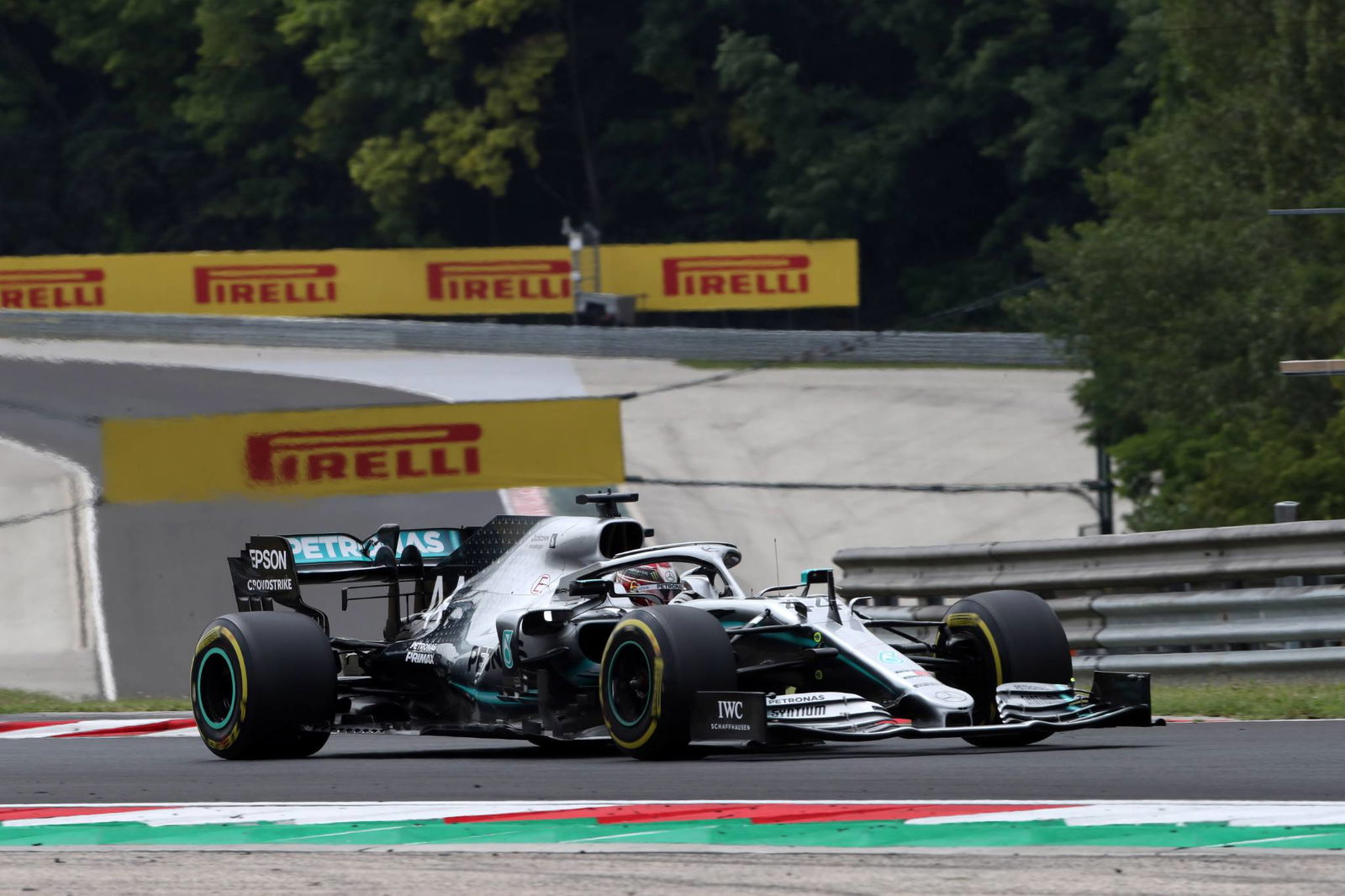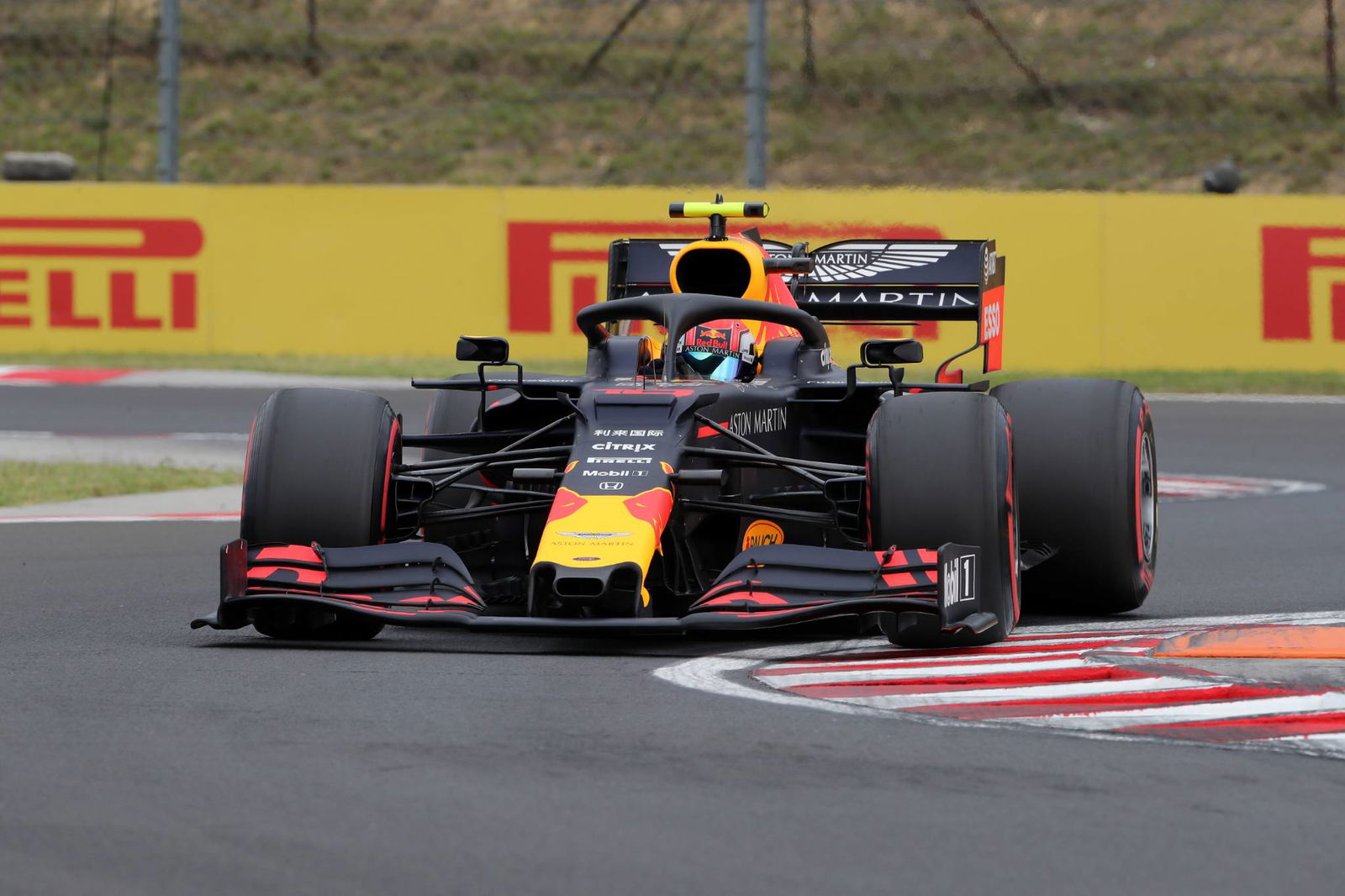Pierre Gasly tops rain-hit Hungarian GP FP2 as Albon crashes out
Pierre Gasly headed up a one-two finish for Red Bull in a rain-hit second practice for the Hungarian Grand Prix on Friday afternoon as Alexander Albon crashed out early for Toro Rosso.
Rain began to grow in intensity in the build-up to the start of FP2 at the Hungaroring, but conditions were still good enough for slick tyres to be used through the early part of the session.

Pierre Gasly headed up a one-two finish for Red Bull in a rain-hit second practice for the Hungarian Grand Prix on Friday afternoon as Alexander Albon crashed out early for Toro Rosso.
Rain began to grow in intensity in the build-up to the start of FP2 at the Hungaroring, but conditions were still good enough for slick tyres to be used through the early part of the session.
Gasly managed to get in a best lap time of 1m17.854s for Red Bull to lead the timesheets before the rain became too heavy for slick tyres, giving him top spot by half a tenth of a second from teammate Verstappen in second place.
Lewis Hamilton and Valtteri Bottas slotted into third and fourth for Mercedes, while the Ferrari duo of Charles Leclerc and Sebastian Vettel could only muster P7 and P13 respectively as most opted to limit their running through the second half of the session.
Intermediate tyres were used by some to gain some more experience, with Kimi Raikkonen and Kevin Magnussen both completing long runs, but there was largely little to gain for most due to the rain.
The biggest loser in FP2 was Alexander Albon, who crashed out at the final corner in the opening 10 minutes of the session after touching the grass on the left-hand side of the track when trying to turn in, causing him to spear into the wall.
The shunt brought out a red flag while Albon's car was recovered, with repairs required to the front and left-hand side of his Toro Rosso chassis ahead of final practice on Saturday afternoon.
On-track running resumes with FP3 at the Hungaroring on Saturday at 1100 BST.

